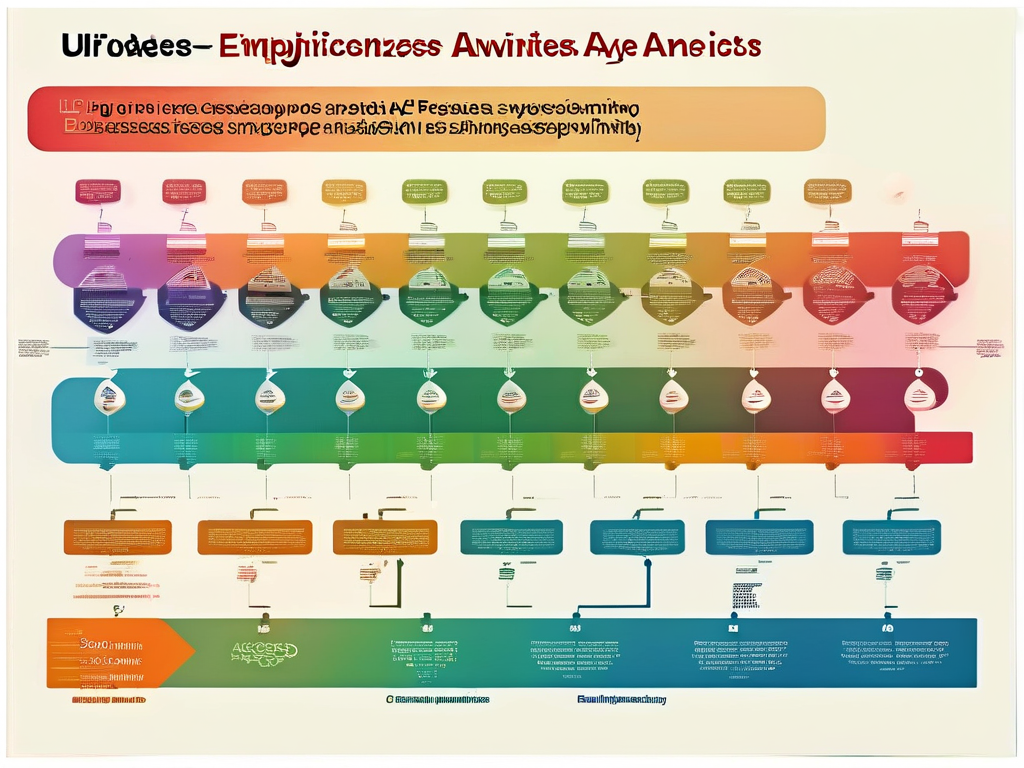In the realm of computer science, compiler principles form the backbone of how high-level programming languages are transformed into executable machine code. At the heart of this process lies the concept of a character set, which refers to the predefined collection of symbols, letters, and digits that a compiler recognizes during the initial stages of translation. This set dictates what characters are valid in the source code, enabling the compiler to parse and interpret inputs accurately. Without a well-defined character set, compilers would struggle to distinguish between identifiers, keywords, and operators, leading to errors in the compilation pipeline. Understanding character sets is thus fundamental for anyone delving into compiler design, as it ensures efficient lexical analysis and robust error handling.

Character sets serve as the foundation for the lexical analyzer or scanner, the first phase of a compiler. Here, the scanner reads the source code character by character, grouping them into tokens based on the rules defined by the character set. For instance, in many compilers, the character set includes standard elements like alphabetic letters (A-Z, a-z), numeric digits (0-9), and special symbols such as +, -, *, and =. This allows the compiler to identify tokens like variable names or arithmetic operations. A key aspect is that character sets must be unambiguous; they prevent conflicts where a character could belong to multiple token categories. Consider a simple example in a C-like language: the character '=' might denote assignment, while '==' represents equality. The character set helps the scanner differentiate these by examining the surrounding context, ensuring that only valid sequences are processed. Moreover, character sets often incorporate control characters like spaces or tabs, which are ignored during tokenization but aid in readability and syntax validation.
Historically, character sets have evolved to accommodate diverse programming needs. Early compilers relied on basic sets like ASCII (American Standard Code for Information Interchange), which supports 128 characters including English letters and common symbols. However, with globalization, modern compilers frequently adopt Unicode, a broader character set that includes thousands of characters from multiple languages and scripts. This shift addresses issues in internationalized software, where source code might contain non-English identifiers or comments. For example, a Java compiler using Unicode can handle variable names in Chinese or Arabic, broadening accessibility. The choice of character set impacts compiler performance; ASCII is lightweight and fast for English-centric applications, while Unicode requires more memory but offers flexibility. Implementations often involve bit-level operations to map characters to internal representations, as seen in lexical analyzer code. Below is a simplified pseudocode snippet illustrating how a scanner might use a character set to identify alphanumeric tokens:
function scanToken(inputString) {
charSet = defineCharacterSet(); // e.g., includes letters and digits
token = "";
for each char in inputString {
if char in charSet {
token += char; // Build token from valid characters
} else if char is whitespace {
emitToken(token); // Output the token and reset
token = "";
} else {
handleError("Invalid character"); // Flag if not in set
}
}
}This code demonstrates the practical role of character sets in error detection; any character outside the defined set triggers an error, halting compilation until resolved. Beyond lexical analysis, character sets influence other compiler phases. During syntax analysis, the parser relies on tokens derived from the character set to construct parse trees, ensuring grammar rules are followed. In optimization phases, consistent character handling avoids ambiguities that could lead to incorrect code generation. For instance, if a compiler mishandles Unicode characters in identifiers, it might produce binaries with encoding issues, causing runtime failures. Thus, defining a comprehensive character set is crucial for cross-platform compatibility, where compilers must adapt to different operating systems with varying default sets.
The importance of character sets extends to security and efficiency in compiler design. A poorly chosen set can introduce vulnerabilities, such as buffer overflows if input characters exceed expected ranges. Compilers like GCC or Clang enforce strict character set boundaries to prevent such exploits. Additionally, efficient memory usage is achieved by optimizing how characters are stored—using bit masks or hash tables to quickly check membership. For example, in a compiler for embedded systems, a minimal character set reduces overhead, speeding up compilation on resource-constrained devices. Educational resources often emphasize hands-on practice; developers can experiment by modifying character sets in open-source compilers to see real-world effects on tokenization accuracy.
In , character sets are indispensable in compiler principles, acting as the gatekeepers that validate and structure source code inputs. They enable precise lexical scanning, support multilingual programming, and enhance overall compiler reliability. As languages evolve, character sets will continue to adapt, integrating advancements like emoji support or custom symbols. Mastering this concept empowers developers to build more resilient and inclusive compilers, driving innovation in software development. Ultimately, character sets are not just technical details but pivotal elements that bridge human-readable code and machine execution, ensuring compilers function seamlessly across diverse applications.



